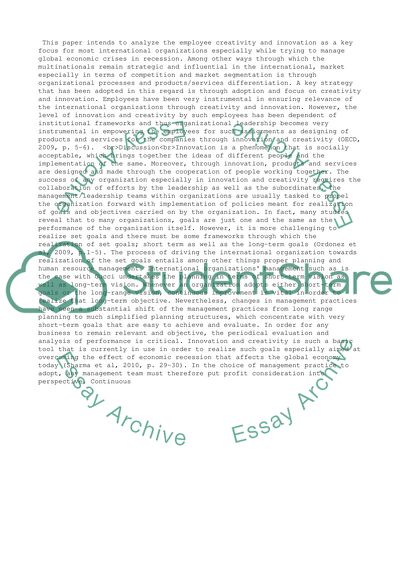Cite this document
(“Gucci And Innovation Essay Example | Topics and Well Written Essays - 2500 words”, n.d.)
Retrieved from https://studentshare.org/management/1484765-gucci-and-innovation
Retrieved from https://studentshare.org/management/1484765-gucci-and-innovation
(Gucci And Innovation Essay Example | Topics and Well Written Essays - 2500 Words)
https://studentshare.org/management/1484765-gucci-and-innovation.
https://studentshare.org/management/1484765-gucci-and-innovation.
“Gucci And Innovation Essay Example | Topics and Well Written Essays - 2500 Words”, n.d. https://studentshare.org/management/1484765-gucci-and-innovation.


